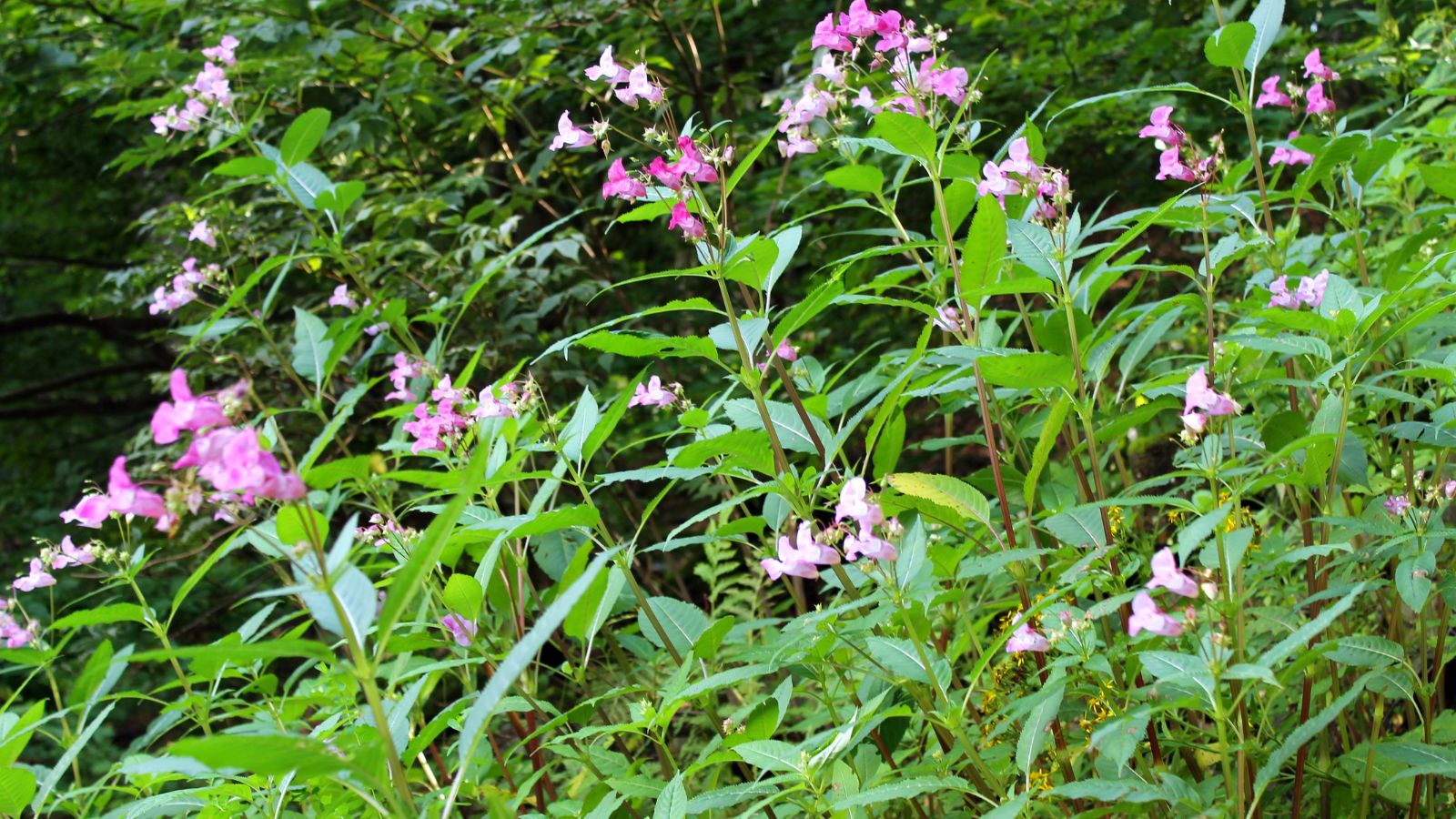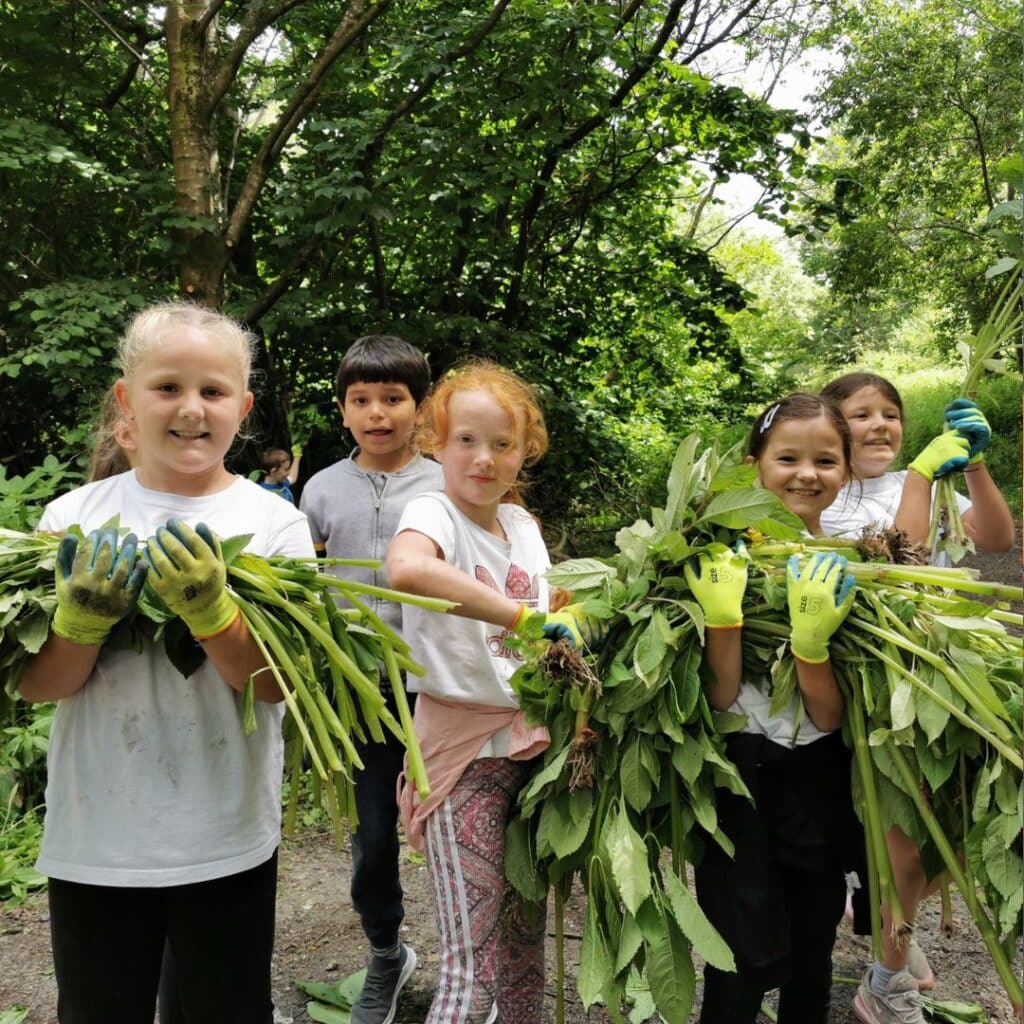
The Battle of the Balsam!
Instantly recognizable thanks to its pretty pink flowers, Himalayan Balsam is present at the sides of most of the Ribble catchments watercourses. Despite providing a gorgeous display of sweetly scented flowers, this plant is one of our top environmental offenders!
join the battle!
It’s not all doom and gloom though, as it can be tackled. Here at Ribble Rivers Trust, we spend many a day pulling balsam, stopping it’s spread and reducing the number of plants to try and encourage other vegetation to come through.
It’s important to look at Himalayan balsam control as a long-term project. As the seeds spread via water, it’s a good idea to start at the very source of a water course, travelling downstream. Otherwise, these areas will continually reseed.
There are exceptions to this. Himalayan balsam also loves woodlands and other damp areas, so it’s definitely worth pulling these plants.
You can do your bit whilst you are out and about too. If you see some balsam, then give it a pull! Its roots are very shallow, so it takes hardly any effort at all. It’s easily recognizable too, with large, pink, bonnet shaped flowers which show from July to October.
Watch our video guide or visit www.nonnativespecies.org for more information. If you’d like to help us with our battle against the balsam, sign up to volunteer here.
is himalayan balsam really that bad?
Introduced in the Victorian period as ornamental plants (alongside Japanese knotweed, giant hogweed, rhododendrons and more!), these plants have spread across the country. Himalayan balsam is particularly successful because it uses moving water to spread and is very fast growing. Additionally, it has an admittedly impressive method of seed distribution. Each fertilized flower develops into a seed pod which, when touched, sends seeds flying up to 7 meters away. These seeds can then lie dormant in the soil for years, ready to develop into a plant at any time.
This amazing seed dispersal method, along with the impressive floral display and towering stalks, might make Himalayan balsam seem like a desirable plant, but it is in fact the total opposite!
Himalayan balsam completely invades riverbanks, outcompeting native species by taking their sunlight, nutrients, and floorspace. The monoculture the plant creates means that there is a less diverse food source available for insects. In turn this has a knock-on effect on the amount of food available for other animals in the food chain.
Plus, as an annual, one this plant starts to die back it then leaves riverbanks completely bare until it once again springs up the next year. These bare banks are incredible susceptible to erosion over winter, as the lack of vegetation and roots means that there is nothing preventing the soil from washing into the water.


